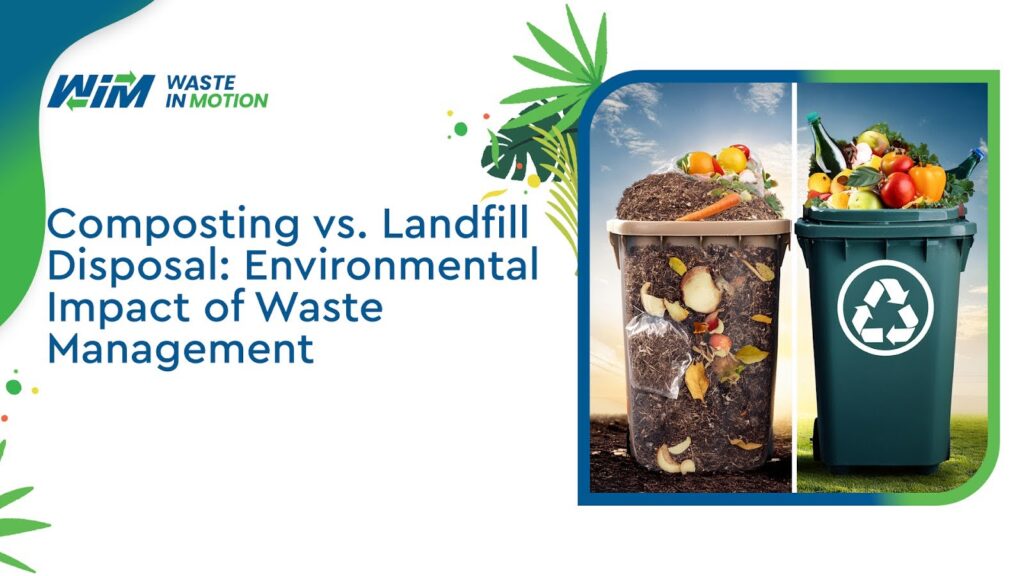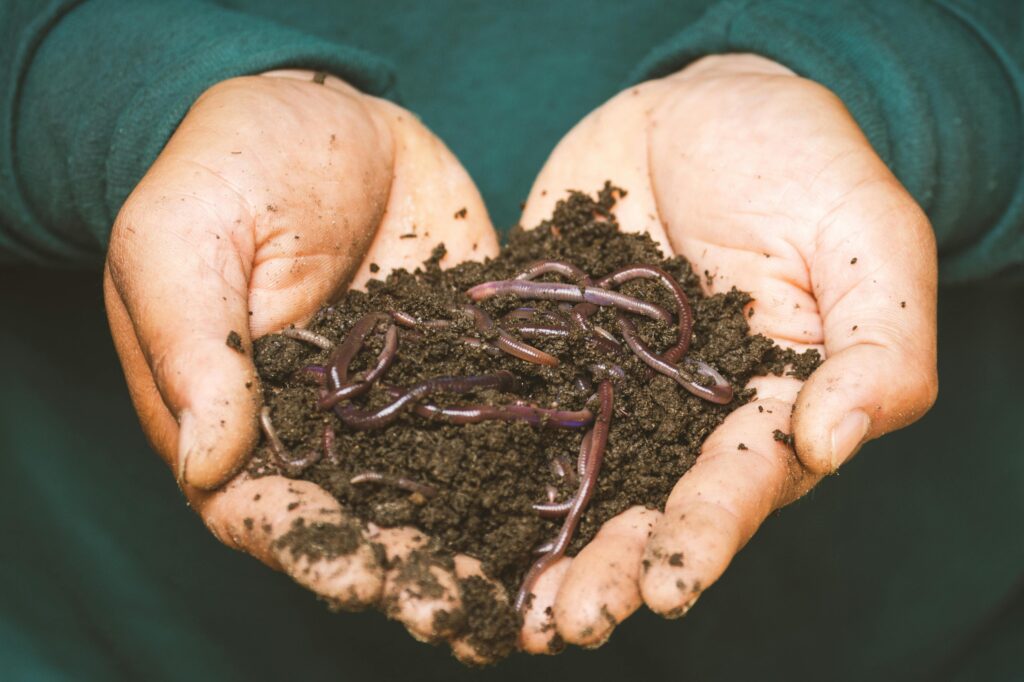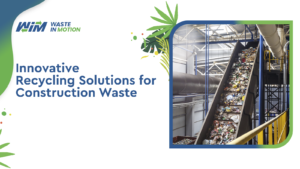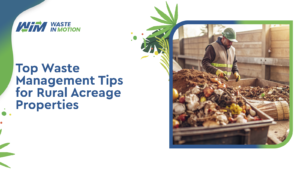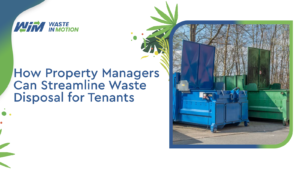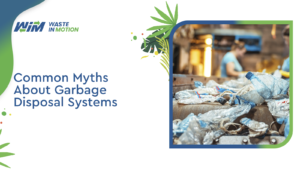Waste management is a key aspect of environmental sustainability and involves various methods of handling and disposing of waste, such as composting vs. landfill disposal. As the world’s population increases, the amount of waste we produce increases simultaneously, making it necessary to choose appropriate waste management strategies.
Table of Contents
ToggleImportance of Choosing the Right Disposal Method
Selecting an appropriate waste disposal practice is vital for minimizing environmental harm. The two primary methods are composting and landfill disposal. Understanding their impacts can guide us toward more sustainable waste management options.
Understanding the Basics: Composting vs. Landfill
What is Composting?
Composting is the natural process of recycling organic materials such as food waste and garden waste into valuable fertilizers that enrich soils and plants. This process is performed under controlled conditions by microorganisms to decompose organic materials.
How do Landfills Work?
Landfills are engineered sites designed for the disposal of solid waste. Waste is buried in the ground, where it is isolated from the surrounding environment. Landfills are equipped with liners and leachate collection systems to minimize environmental contamination.
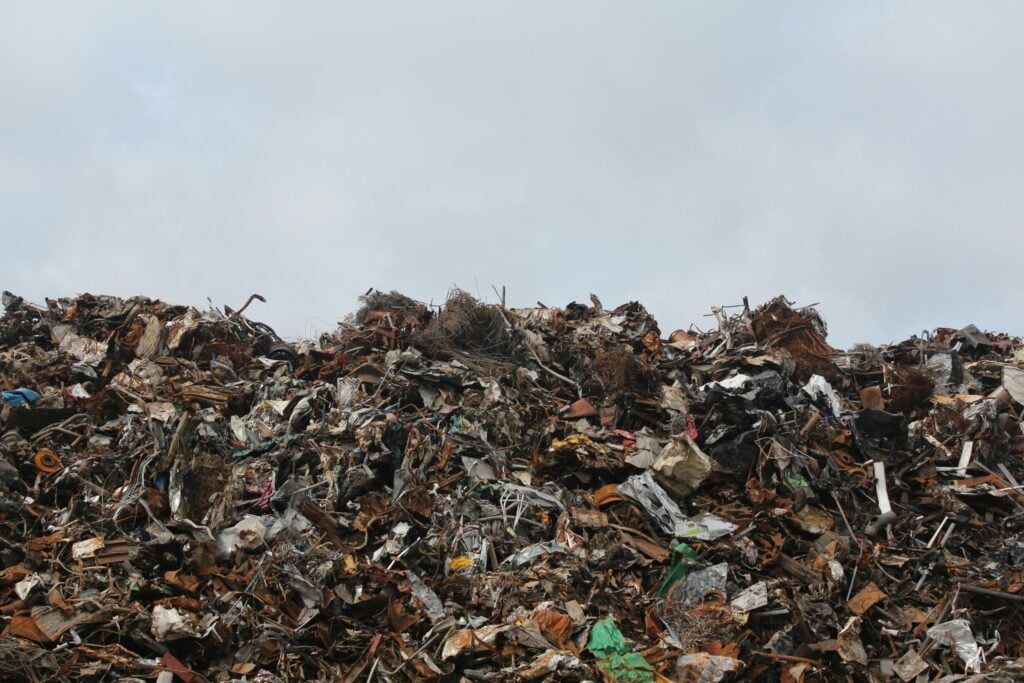
Environmental Impact of Landfills
-
Greenhouse Gas Emissions: Methane and CO2
Landfills emit large amounts of methane, a powerful greenhouse gas, and carbon dioxide. These emissions lead to climate changes and global warming.
-
Leachate and Water Pollution
Leachate, the liquid that drains from landfills, can contaminate groundwater and surface water. This pollution poses serious risks to ecosystems and human health.
-
Space Consumption and Land Degradation
Landfills require large spaces to deposit waste, and hence land is degraded and habitats are lost. As urbanization keeps growing, newer landfill sites are getting harder to find.
Environmental Benefits of Composting
-
Reduction in Greenhouse Gas Emissions
Composting inherently reduces the quantity of organic waste that ends up in landfills, thereby reducing methane emissions. In turn, this helps to abate climate change and reduce our carbon footprint.
-
Nutrient Recycling and Soil Enrichment
Composting recycles nutrients back into the soil, enhancing its fertility and structure. This process supports sustainable agriculture and reduces the need for chemical fertilizers.
-
Reducing Dependence on Chemical Fertilizers
By enriching the soil with natural compost, we can reduce our reliance on synthetic fertilizers, which are often harmful to the environment.
-
Enhancing Soil Structure and Preventing Erosion
Composting improves soil structure, increases water retention, and prevents erosion. This leads to healthier plants and more resilient agricultural systems.
Economic Comparison: Composting VS. Landfill
Costs of Operating and Maintaining Landfills
The costs associated with operating and maintaining landfills are significantly increased by the necessary infrastructure, monitoring, and remediation efforts. This creates a substantial economic burden for local governments and taxpayers.
Economic Benefits of Composting
By generating valuable compost and reducing landfill usage, composting can lower waste management expenses. Additionally, it generates revenue for the recycling and organic waste management sectors.
Long-term Financial Implications for Communities
Communities that implement composting disposal techniques can benefit the environment and save money in the long run. These benefits support resilient and sustainable local economies.
Practical Aspects: Composting and Landfill
How Landfill Disposal Works in Practice
Landfill disposal is the process of gathering, transporting, and then burying solid waste. Simple as it may sound, this process must be well-maintained to avoid the contamination of the environment. Leachate control and methane capture, and the fact that the landfills have a limited capacity are some of the critical issues in landfill management. These issues form the basis for searching for alternative waste management strategies.
Practical Steps to Start Composting at Home
Aerobic Composting
In this process, organic waste is decomposed through the activities of oxygen-utilizing microorganisms. The process is done on a backyard or small-scale premise.
Anaerobic Composting
This composting takes place in the absence of oxygen, giving out biogas and very nutrient-rich compost. It usually occurs on a large scale and in the presence of anaerobic digesters.
Vermicomposting
Vermicomposting uses worms for the decomposition of organic wastes into good-quality compost. This is the simplest way of composting at home and gives high-quality soil amendments.
Bokashi Composting
Bokashi composting is an anaerobic process that ferments organic waste using a special inoculant. This method is fast, efficient, and suitable for urban environments.
Health and Safety Considerations
Health Risks Associated with Landfills
Landfill sites are known as a hazard to health due to the emission of poisonous gases and leachate. These contaminants can affect the environment & quality of life of the local population and also cause respiratory and other health risks.
Benefits of Composting for Public Health
Composting reduces material from landfill sites, so less pollution might affect human health. It also creates clean, fertile compost that supplies nutrients to the soil and facilitates good food production, supporting human health.
How to Transition from Landfill to Composting
Steps for Individuals and Households
Those wishing to start composting can do so with a few simple steps:
- Set up a compost bin.
- Begin separating organic wastes.
- Choose your preferred composting method.
- Learn the ropes either through educational resources or locally hosted programs on support for the practice.
Community and Municipal Level Changes
Communities and municipalities can implement composting programs, provide composting facilities, and educate residents about composting benefits. Policy changes and incentives can also promote widespread adoption.
Tools and Resources for Effective Composting
To become effective composters, the right tools and resources need to be available—for instance, things like compost bins, aerators, and educational materials. Access to such resources makes the transition much more efficient and effective.
Conclusion
When compared to landfill disposal, composting has major advantages for the environment and the economy. Composting is a better method of waste management because it lowers greenhouse gas emissions, recycles nutrients, and promotes sustainable agriculture. Adopting composting techniques can reduce our impact on the environment and help create a more sustainable future. As we work toward a healthier planet, let’s include composting as a major component of our waste management plans.
For an effective waste management solution, you can visit Waste in Motion.


